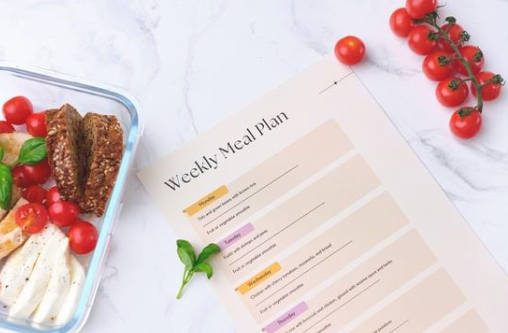
Kitchen Organization Hacks: Maximizing Space and Efficiency
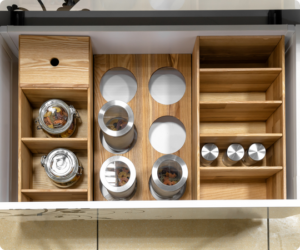
Hey there, kitchen buddies! Ever found yourself rummaging through a cluttered drawer for that one spatula you swear was right there?
Or maybe you’ve played a risky game of Jenga with your spice jars? We’ve all been there!
Today, let’s talk about turning that chaos into a neat, happy kitchen. And guess what? It’s easier than you think!
The Perilous Pit of a Cluttered Kitchen
So, here’s the deal: Most of us aren’t blessed with endless kitchen space (I wish, right?). Instead, we end up playing Tetris with our pots, pans, and plates. And let’s not even start on those countertops that somehow always end up looking like a mini tornado swept through!
Declutter Like a Boss
First things first – let’s tackle that clutter! Start by taking everything out (yes, everything!) and then play the ‘keep, donate, or toss’ game. Trust me, there’s something super satisfying about only keeping the stuff you actually use. Plus, it feels like you’ve just lifted a weight off your shoulders – and your shelves!
Reach for the Sky: Vertical Space Magic
Now, here’s a nifty trick – think up, not just out. Use those walls! How about some cute hanging baskets for your fruits? Or a sleek spice rack? This is where our cool little secret comes in – stackable storage organizers. These bad boys let you stack up your stuff in a neat, accessible way. It’s like giving your kitchen a whole new dimension!
Our Secret Ingredient: Stackable Storage Organizers
Okay, let’s chat about these stackable wonders. They’re basically like Lego for grown-ups but for your kitchen. You can pile ‘em up, and voilà – more space than you knew you had! They’re perfect for those awkward corner cabinets or for making your countertop look like it’s straight out of a magazine.
Organize by the Rule of ‘Grab & Go’
Ever heard of the ‘Grab & Go’ rule? It’s simple – keep things you use often in easy reach. That way, you’re not doing a mini workout just to grab a cereal bowl. And here’s where our stackable friends shine again. They help you sort your stuff so you can grab what you need without the fuss.
The Art of Labeling: It’s Fun, We Promise!
Alright, let’s talk labels. No, it’s not just for the super organized folks. Labeling can actually be a blast! Grab some fun markers or stickers and go wild. It’s a great way to know where everything is, and it can add a pop of personality to your kitchen. Plus, it’s super helpful if you’re not the only one using the kitchen.
Keep It Up: The Weekly Tidy-Up Ritual
Here’s the secret sauce to keeping your kitchen looking fab: regular maintenance. Dedicate a little time each week to straighten things up. It’s like a mini reset for your kitchen (and your mind). With everything neatly stacked and labeled, it’s a breeze!
Your Mission, Should You Choose to Accept It
Alright, kitchen warriors, here’s a little challenge for you. Pick one or two of these hacks and give them a go. And hey, why not show off your newly organized kitchen? Snap a before-and-after pic and share it with us. We’d love to see your kitchen transformations!


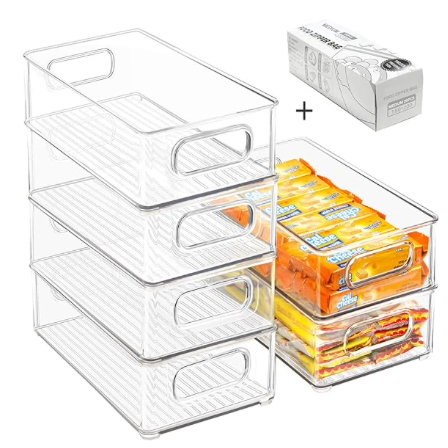
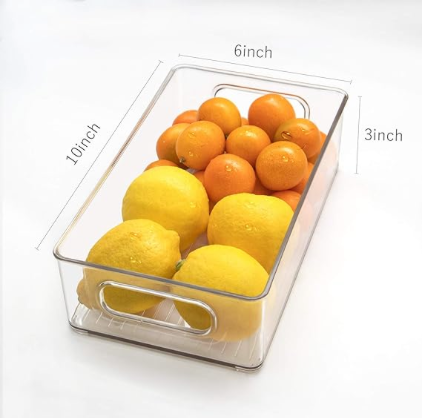
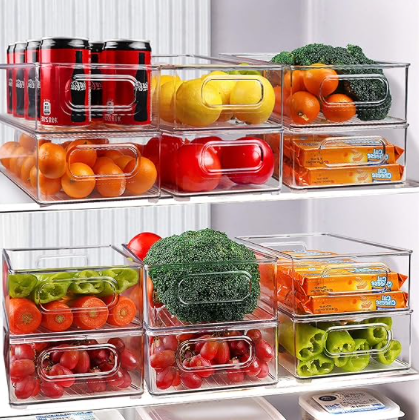

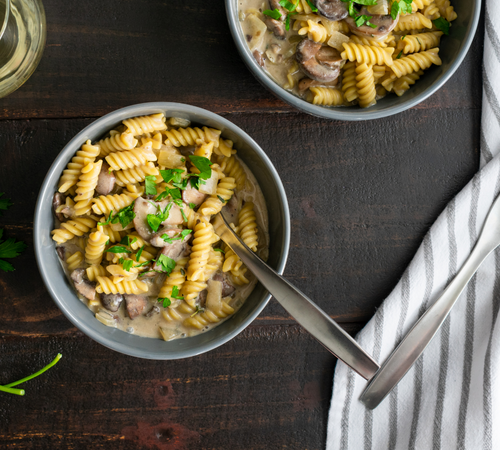


 Start your day off right with our Ham and Cheese Omelette, a timeless breakfast classic that’s both delicious and satisfying.
Start your day off right with our Ham and Cheese Omelette, a timeless breakfast classic that’s both delicious and satisfying.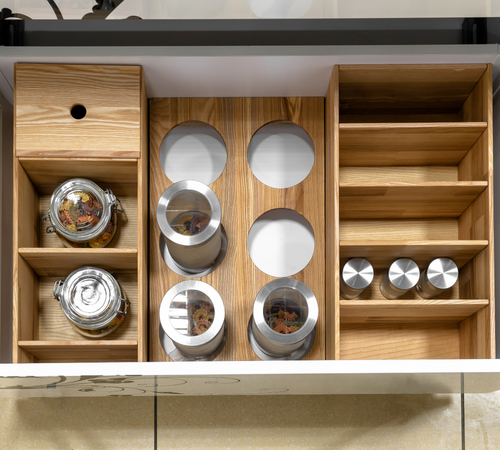

 Step into a world of flavor and nutrition with our Vegetable Stir Fry with Tofu. This dish is a colorful blend of crisp vegetables and firm, flavorful tofu, all tossed in a savory sauce.
Step into a world of flavor and nutrition with our Vegetable Stir Fry with Tofu. This dish is a colorful blend of crisp vegetables and firm, flavorful tofu, all tossed in a savory sauce.